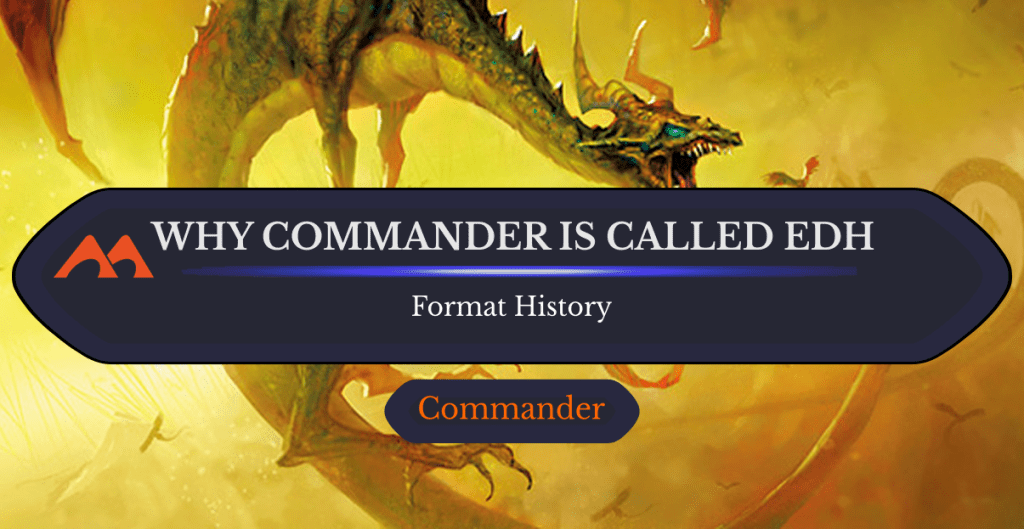
Nicol Bolas | Illustration by D. Alexander Gregory
Commander is one of the most popular ways to play MTG, both casual and competitive, and one of the best ways to get along with friends and play some cards. But why is it also called EDH to this day?
Let’s dive into the origin of Commander goes back to the set Legends in 1994, and it was heavily influenced by the design of 5 cards. While we’re at it, let’s go to all the history of Commander as a format, how it has invented and the steps necessary for us to get our first Commander-dedicated MTG products.
This is the story of the format that started small, and of why today Wizards of the Coasts prints more legendary creatures and Commander precons than ever!
Why Is Commander Called EDH?

Arcades, the Strategist | Illustration by Even Amundsen
EDH stands for Elder Dragon Highlander, and the name has to do with the format’s origins. It was mainly Commander with the rules we know today, but your commander needed to be one of the 5 original Elder Dragons from Legends. As you may expect, you could only cast cards from your Elder Dragon’s color identity, so if I made a Nicol Bolas deck, I could only include Grixis () cards and so on.
EDH was initially a 1v1 format, and players started with 100 life. The format would then be called Commander, with official support from WotC and most of the rules being altered to become the format we know today from 2011 on.
History of Commander/EDH
When Was EDH Created?
The history of EDH and subsequently Commander starts with Adam Staley and his playgroup, responsible for the creation of a MTG format called Highlander, in the early 90’s. Highlander was a format very similar to Commander, players would start with 100 life and play singleton decks. In 1994, after the release of the set Legends, Adam’s playgroup started to tinker with using the Elder Dragons as their “commanders” or leaders. Highlander would then evolve into Elder Dragon Highlander, or EDH, and people could only use one of the five Elder Dragons as leaders. Color identity was also established in this version, so you could only play cards in the three colors of your Elder Dragon’s color identity.
In 2002, Adam introduced the format to Sheldon Menery, who was a Level 5 Pro Tour Judge and widely considered the main person responsible for sharing the format with the community. The rules of EDH were pretty much what we know now as Commander with a few differences. First, the starting life was always 200 divided among the number of players, the commander was called general, and for some time, all your lands needed to be singleton, including basic lands.
When Did EDH Become Commander?
Scott Larabee, who worked for WotC in charge of the Pro Tour at the time, became a huge EDH adept and was a key player in praising the format inside Wizards. The company soon felt compelled to release something made specifically for that format. In 2011, after Wizards of the Coast (WotC) officially released a product called Commander, the format EDH officially became Commander. The Commander format is mainly what EDH was before, but WotC rebranded it to Commander for copyright reasons; after all, Highlander was already an established movie franchise.
When Was Commander/EDH Popularized?
Before it was rebranded as Commander, the popularization of EDH as a format goes mainly through Sheldon Menery. After learning the format through Adam Staley‘s playgroup, he helped popularize the format alongside other Pro Tour judges, and he wrote about EDH on Star City Games. His article published in 2004 was the first official EDH article published online. WotC’s Scott Larabee helped to sell the format inside the company, while Sheldon and his fellow judges Gavin Duggan and Duncan McGregor formed the Commander Rules Committee. These forces were key players in establishing the early rules for the format and getting Wizards to work on and release the first Commander product. Even to this day, Gavin Duggan and Scott Larabee are part of the Commander Rules Committee alongside Toby Elliot.
Why Did EDH Change Names to Commander?
The first EDH/Commander-related product was released in 2011, and WotC decided to change the name to Commander, because there already was a movie franchise called Highlander. Using the name Highlander could mean legal troubles for the company because of an already established IP, and thus Commander became the official name.
Do the Names Mean the Exact Same Thing?
Today, Commander and EDH are the same thing. We just have to keep in mind that the first Highlander format and the original EDH had slightly different rules. WotC and the Commander Rules Committee worked together to unify the rules, so today there’s no distinction between the two. If you want to play with your friends using EDH’s original rules, it’s up to your playgroup to decide.
What Were the Original Elder Dragons?
The original Elder Dragons were printed in the set Legends, and they’re Arcades Sabboth, Chromium, Nicol Bolas, Palladia-Mors, and Vaevictis Asmadi. These five dragons all have the Elder Dragon type, are 7/7 flying creatures, and have the downside of having to sacrifice them unless you pay the upkeep cost. They also share similarities in their mana cost, consisting of 2XXYYZZ, where XYZ is a different shard color combination. For example, the casting cost of Nicol Bolas is , while Arcades Sabboth has the casting cost of .
Where Does the Word Highlander Come From?
Highlander formats are formats in which every card in your deck needs to be different. It’s a reference to the movie Highlander, with its famous quote, “There can be only one.” It was later used to define that you couldn’t play two copies of the same card, what we also call singleton these days, in opposition to a format like Standard when you can play up to 4 copies of the same card.
Wrap Up

Palladia-Mors, the Ruiner | Illustration by Svetlin Velinov
The history of EDH, Highlander, and Commander is a nice story that involves the community shaping a game. Sheldon Menery was, until his unfortunate passing, not only a member of the Commander Rules Committee (RC), but one of the community’s most vocal and accessible members. Taking a quote from the Commander RC, “Though he was always quick to credit Adam Staley as the creator, without his efforts we would not have Commander. He saw the potential of the format as a vessel for social play and tirelessly advocated for it as a way to make and spend time with friends.”
Commander is considered today, even by WotC, MTG’s most played format, and we owe these guys, big time. Especially Sheldon. To all the involved, thank you for helping create and popularize this awesome format.
Come join other Magic and Commander players on our Draftsim Discord, and until next time, stay safe!
Follow Draftsim for awesome articles and set updates: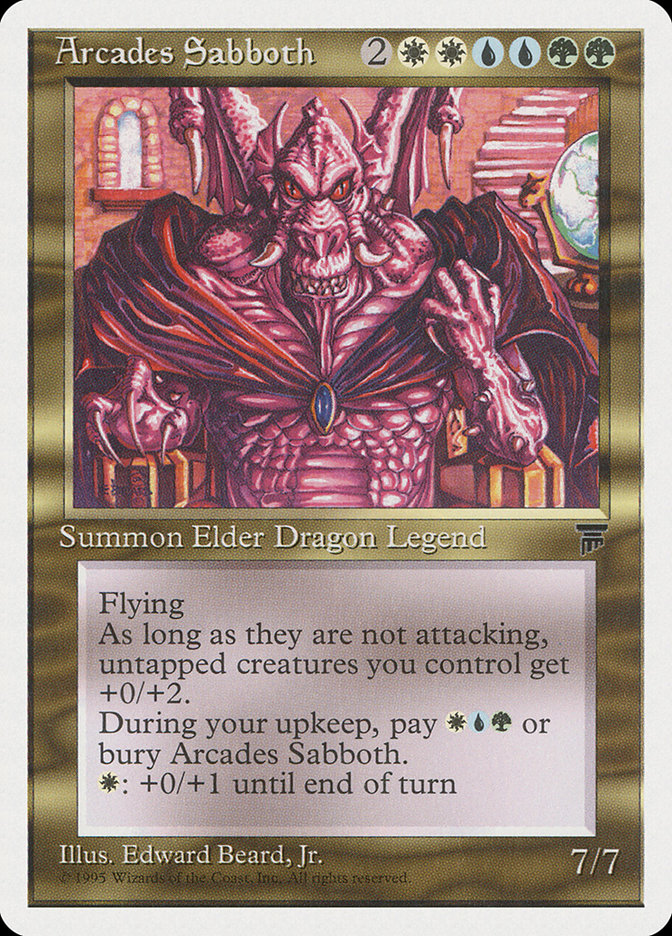
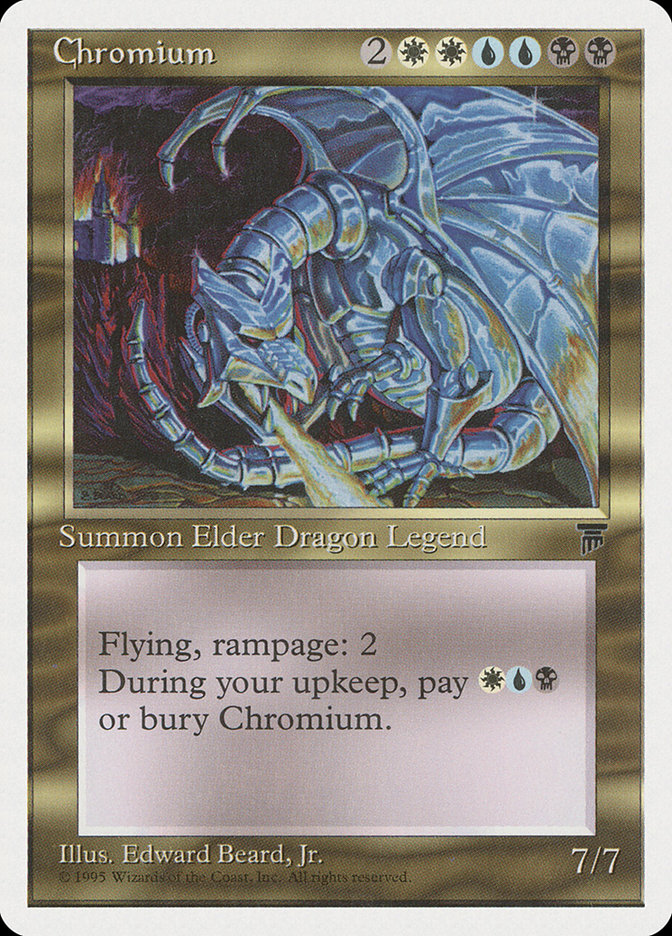
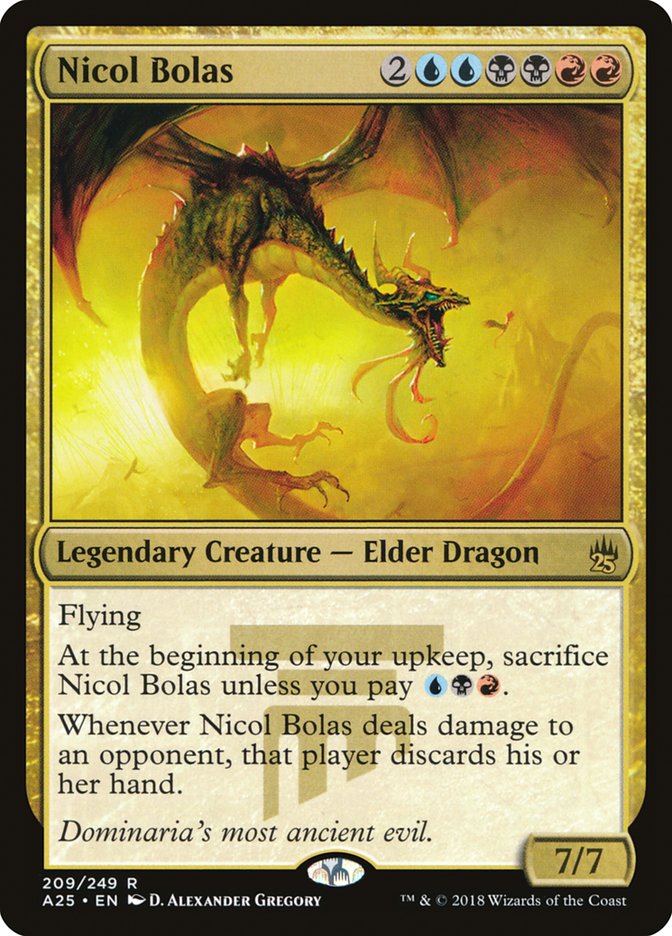

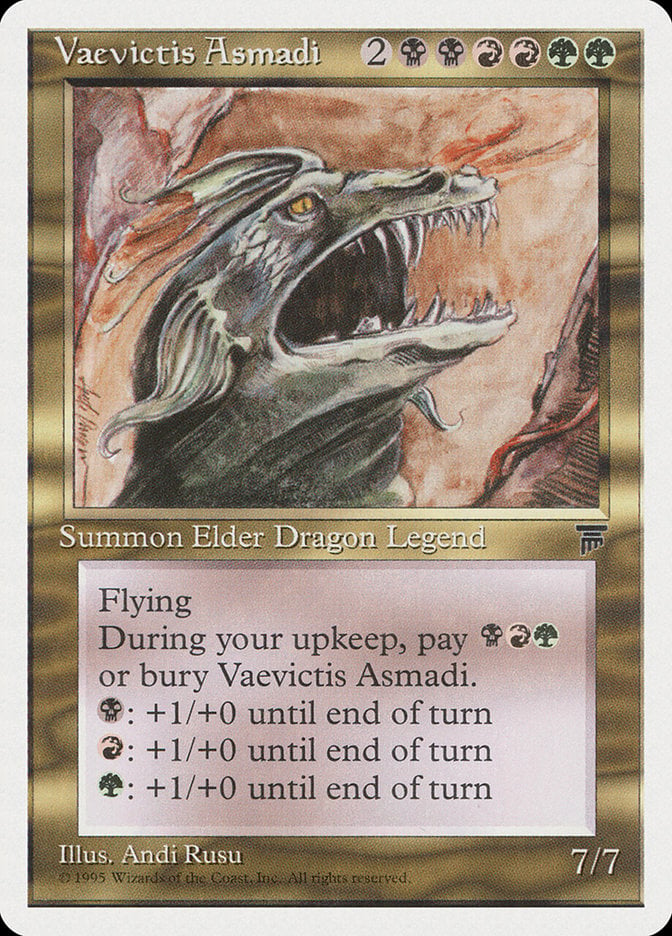
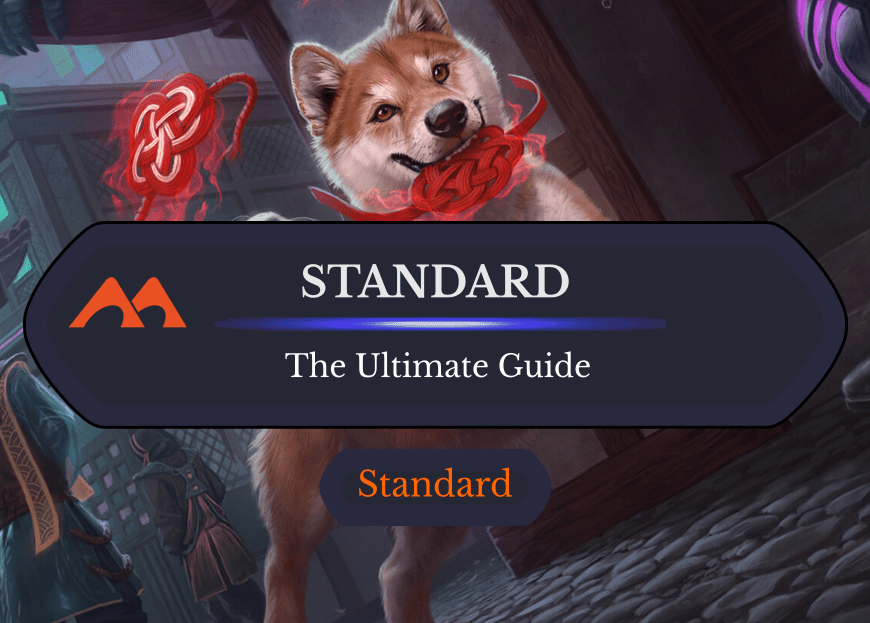

Add Comment